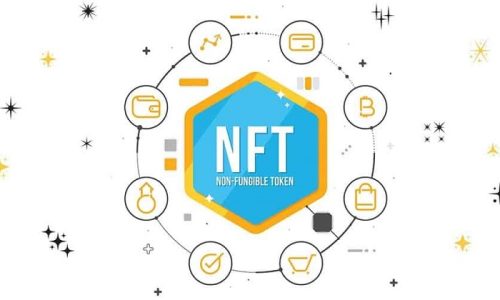
As your business grows, you’re unquestionably going to have a large list of items or projects that you could potentially spend time and money on. The trouble is, many of the things on this list aren’t very exciting – they’re not research and development, growing sales teams, or establishing high-profile marketing campaigns – they’re things like financial controls, HR support, and IT networking.
The thing is, these things represent the backbone that keeps all your other, core-business tasks focused and working to the best of their ability. This could not be more true for your IT network and the support that keeps it working as it should.
So, what do you do if you need to spend money on making sure your business IT provisions are up the scratch? Generally, you’ve got two options – employ people to keep those lights on – or outsource your IT support needs to a specialist company who are dedicated to IT and networking.
Both these routes have pros and cons – it’s just a case of working our which is the best fit for your company.
An ideal world
In an ideal world, having the finest IT support talent and expertise in-house is, arguably, the best route for any company to go down. The trouble is – the cost this would represent is enormously prohibitive – it wouldn’t be unreasonable to think that a large IT team with the right qualifications and would represent a spend of at least $50,000 on a monthly basis.
Sounds excessive right? Well, sure – but we’re talking dream scenario here. This would be 24/7 systems monitoring and coverage. An efficient management structure with experienced team members on every tier. The very latest training and accreditations, as well as the on-going ability to cover absence, holidays, maternity cover, people leaving – etc. You would probably also want to have a reserve of people who could step up if you suddenly needed to scale according to market demand.
In reality, this is the kind of IT set up that’s only really obtainable if you’re an IT company. Building a team of this depth and quality would represent a huge challenge for anyone who doesn’t work in an IT industry already.
So, what’s the next best alternative?
Working with an MSP
The thing is, this kind of dream IT support set up is possible – but you’re more likely to find it if you’re not precious about having your IT staff on your payroll. Managed Service Providers (MSPs) offer an incredible depth of service – but you’ll be sharing them with other businesses.
Now, you don’t have any confidentiality issues to worry about – you’ll be signing a Service Level Agreement (SLA) that means your relationship and data is watertight – but you will have to make compromises in some other ways.
Accessibility is likely to be the biggest sticking point. If you want an IT manager who can be at your side at all times, you’re not likely to get that from an MSP – instead, you’ll get a dedicated account manager who’s on the end of the phone. Still, the fact that the service is likely to cost you a tiny fraction of what an in-house team would cost; it’s the kind of compromise that’s easy to swallow.
Immediate access to best practice
Another feather in the cap of the MSP is the fact that they can usually provide an enormous depth of best practice approaches – something that you’re unlikely to get from an in-house team.
Of course, this isn’t to say an in-house team is inherently inexperienced – it’s more to say that their experience becomes laser-focused over time. So, if a team is working with just your network and applications for a year, you can expect them to know that infrastructure inside-out – but experience of other systems or ways of working becomes slightly dulled.
This is where an MSP can excel. At this stage, we realise that when they’re not working with you, they’re working with one of the other companies they’re contracted to. This means real, hands-on experience with a vast range of systems and applications outside your networking environment. To back this up, they’ll also need working knowledge of similar systems and the kind of accreditations that go hand-in-hand.
As a result, you get an enormous spread of experience and knowledge at the end of the phone. Talk to an in-house team member about a new system and they’ll probably go away and research it – but talk to an MSP about implementing something new and there’s every chance they’ve already done it and worked on it in the last few days or weeks.
This is invaluable when it comes to growing and adapting your networking and general IT capabilities. A deep understanding of solutions and approaches is always going to be an attractive prospect for a business looking to stay at the cutting edge of what they do.
Working with an SLA
As much as having a team of people on your payroll is useful, it’s not always the best way to make sure the job gets done correctly the very first time. An IT team will sign an employment contract when they join you – but this is a long way from being a service contract.
A service contract – or Service Level Agreement (SLA) legally binds the managed service provider you’re using to the service that’s outlined on the document. If you need 99.99% uptime, they’ll deliver it – or they’ll face the consequences of not delivering what they’re contracted to deliver. The same is true of the level of support – if they say they’ll be there when you call, they will be.
Sadly, this just doesn’t have to be true of an in-house team. As much as there’s a significant level of goodwill and unquestionable work ethic from people on your team – they’re not legally obliged to deliver what’s in the job description. Now, if they value their employment then they should – but making sure you get what you’re paying for can be a complex and time-consuming task if you’re working with someone who doesn’t quite deliver. With an MSP – what you see on your SLA is exactly what will be delivered – giving you the confidence you need when an IT system is keeping your business moving in the right direction.



